- No products in the cart.
Fareston 60 mg tab 60 pc
$172.89
Fareston 60 mg tab 60 pc
Description
Composition
Active substance:
1 tablet contains: toremifene (in the form of toremifene citrate) 20 mg or 60 mg ;.
Excipients:
Corn starch, lactose, povidone, sodium starch glycolate (type A), magnesium stearate, microcrystalline cellulose, colloidal anhydrous silica.
Description:
20 mg Tablets: White round, flat tablets with beveled edge code TO20 on one side.
60 mg Tablets: White round, flat tablets with beveled edge code TO60 on one side.
Product form:
Tablets of 20 mg or 60 mg: 10 tablets in a contour packaging PVC film and aluminum foil (3 or 10 packs in a cardboard package with instructions for use) or 30, 60 or 100 tablets in the vial of HDPE with polypropylene lid ( 1 bottle in the carton box with instructions for use).
Contraindications
Hypersensitivity to toremifene and / or any other ingredient of the preparation.
Available in the anamnesis on endometrial hyperplasia, severe hepatic failure, thromboembolism.
Pregnancy and lactation.
Congenital or acquired documented lengthening the interval QT.
Electrolyte imbalance, especially with uncorrected hypokalemia.
Clinically significant bradycardia.
Clinically significant cardiac insufficiency with reduced fraction
Precautions: leukopenia, thrombocytopenia, hypercalcemia (including background metastasis to bone), decompensated heart failure, severe angina, proaritmogennoe condition (acute myocardial ischemia, prolongation of the interval the QT), advanced age, lactase deficiency, lactose intolerance, glucose syndrome -galaktoznoy malabsorption.
Dosage
60 mg
Indications
Estrogen-dependent breast cancer in postmenopausal women.
Interaction with other drugs
Drugs that decrease renal calcium excretion (including thiazides) may increase the risk of hypercalcemia
Drugs that stimulate the intensity of microsomal oxidation (e.g., phenobarbital, phenytoin or carbamazepine) toremifene may accelerate metabolism, thus reducing its serum concentration. In such cases, the daily dose should be doubled. The interaction between antiestrogens and warfarin can lead to a marked increase in bleeding time (to avoid the simultaneous application of toremifene and drugs in this group). Inhibitors of cytochrome isoenzymes CYP3A (erythromycin, oleandomycin;. Antifungal ketoconazole and other drugs) reduce the metabolic rate of toremifene (caution is recommended with simultaneous application of these drugs with toremifene).
We can not exclude the additive effect on QT interval elongation between toremifene and preparations mentioned below, which can lead to increased risk of ventricular arrhythmias, including ventricular arrhythmia type “pirouette”: Class IA antiarrhythmic drugs (e.g., quinidine, gidrohini Din, disopyramide); Class III antiarrhythmic drugs (e.g., amiodarone, sotalol, dofetilide, ibutilide); antipsychotics (e.g., phenothiazine, pimozide, sertindole, haloperidol, sultopride); certain antimicrobial agents (moxifloxacin, erythromycin, pentamidine, antimalarials particularly halofantrine); certain antihistamines (terfenadine, astemizole, mizolastine); others (cisapride, vincamine IV, bepridil, difemanil).
Simultaneous treatment with toremifene with these drugs is contraindicated.
Overdose
Symptoms: vertigo, dizziness, headache, nausea and / or vomiting were observed at daily doses of 680 mg. Theoretically overdose could manifest enhanced antiestrogenic effects ( “flushing”) or estrogenic effects (vaginal bleeding). It is necessary to consider the possibility of dose-dependent prolongation of the interval QT.
Treatment: symptomatic therapy.
pharmachologic effect
Pharmacological group:
The antitumor agent, an anti-estrogen.
Pharmacodynamics:
Toremifene is a nonsteroidal antiestrogen agent triphenylethylene derivative. Toremifene specifically binds to estrogen receptor in competition with estradiol inhibits estrogen-induced DNA synthesis and cell replication. At high doses, toremifene may have anti-tumor effect is not associated with estrogen-dependent effect. The antitumor effect of toremifene in breast cancer patients is mainly due to its antiestrogenic activity, although we can not rule out other mechanisms of action (regulation of expression of an oncogene, growth factor secretion, apoptosis induction, the effect on the cell cycle kinetics).
Pharmacokinetics:
Toremifene is completely absorbed by ingestion. Maximum serum concentration occurs within 3 hours (25 hours). Eating does not affect the completeness of absorption, but may push time to maximum concentration of 1.5 -2 hours. These changes have no clinical significance. For rapid distribution phase with an average half-life of about 4 hours (2 hours -12), occurs slower elimination phase with a mean half-life of about 5 days (2 to 10 days). Communication with 99.5% proteins (mainly albumin). The equilibrium concentration in the plasma is established within 3-4 weeks (at the recommended doses of 60 mg per day).
Toremifene is metabolized in the liver by demethylation and hydroxylation at cytochrome CYP3A4 to form the active metabolite N-demethyltoremifene. The average half-life of 5 days of toremifene, N-demethyltoremifene – 11 days (4-20 days). The serum metabolite found another 3: deaminogidroksitoremifen 4 -gidroksitoremifen and N, Ndidemetiltoremifen. Total clearance – 5 l / h. Is output through the gut mainly as metabolites; about 10% of the kidneys within 1 week.
Pregnancy and breast-feeding
Torimifen recommended to patients in post-menopausal. The drug is contraindicated for use during pregnancy and lactation.
Conditions of supply of pharmacies
By prescription.
side effects
The most common side effects: hot flashes ( “hot flashes”), excessive sweating, uterine bleeding, or vaginal discharge (leucorrhea), fatigue, nausea, rash, pruritus in the genital area, fluid retention, dizziness, depression. These side effects are usually expressed in mild and caused by hormonal action of toremifene.
The frequency of adverse reactions is classified as follows:
Very frequent (> 1/10)
Common (> 1/100, 1/1000,
special instructions
Before treatment, the patient should be examined by a gynecologist. Particular attention should be paid to the state of the endometrium. Then gynecological examination should be repeated at least once a year. Patients with diseases such as hypertension, diabetes mellitus, having a high level of body mass index (> 30) or receiving long hormone replacement therapy, are at risk of endometrial cancer, and therefore require careful monitoring. Toremifene should not be used in patients who have a history of severe thromboembolic complications. Patients with decompensated heart failure or severe angina, need careful monitoring.
Because patients with bone metastases at the beginning of treatment may develop hypercalcemia, these patients require close monitoring. The electrocardiogram in some patients when taking toremifene has been observed a dose-dependent prolongation of the interval QT. Toremifene should be used with caution in patients with proaritmogennoe states (especially in the elderly), such as acute myocardial ischemia or extended interval QT, as this may lead to an increased risk of ventricular arrhythmias (including ventricular arrhythmia type “pirouette”) and cardiac .
If during treatment with toremifene exhibits symptoms or signs that may speak of arrhythmias, treatment should be discontinued and make an electrocardiogram. If the interval QT> 500 msec should not take toremifene. Fareston tablets contain lactose. There were anemia, leukopenia, and thrombocytopenia. When receiving toremifene should control the number of erythrocytes, thrombocytes or leucocytes.
Information about the possible effects of the medicinal product for medical use on driving ability, the mechanism of Toremifene has no influence on the ability to drive and other mechanisms
SPECIAL PRECAUTIONS FOR DISPOSAL UNUSED DRUG special precautions for the destruction of unused drugs is required.
Storage conditions
In a dry place at a temperature of 15 – 25 C, the reach of children.
Dosing and Administration
Inside. The batch is individually. As a standard dose is recommended intake of 60 mg orally daily for a long first line hormonal therapy. When assigning Fareston as second-line hormonal therapy dose can be increased to 240 mg per day (120 mg x 2 times a day). If signs of progression reception cancel preparation disease.
Information
Appearance may differ from that depicted in the picture. There are contraindications. You need to read the manual or consult with a specialist
Additional information
| Weight | 0.100 kg |
|---|---|
| Manufacturer | ORION |

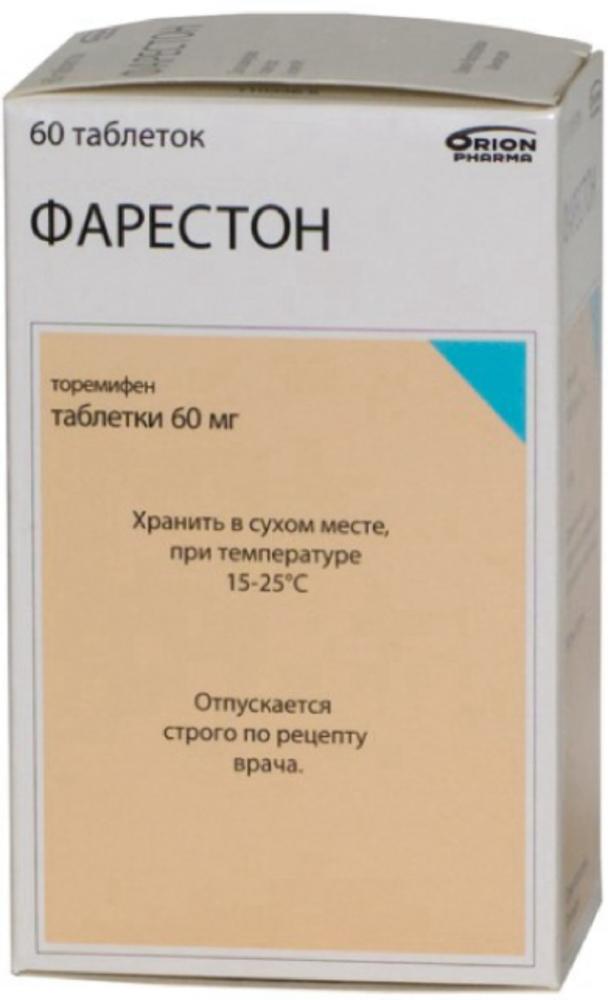
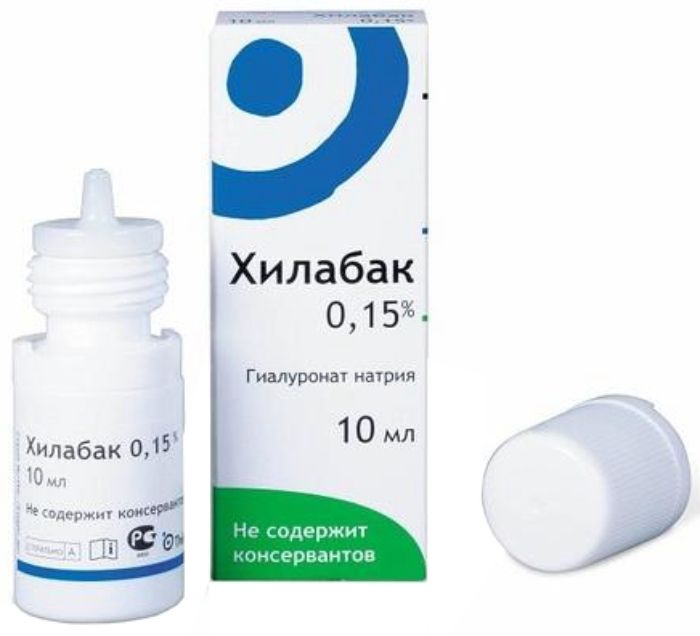

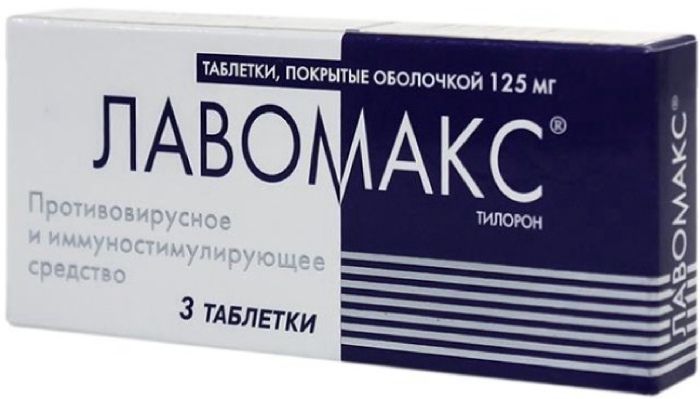
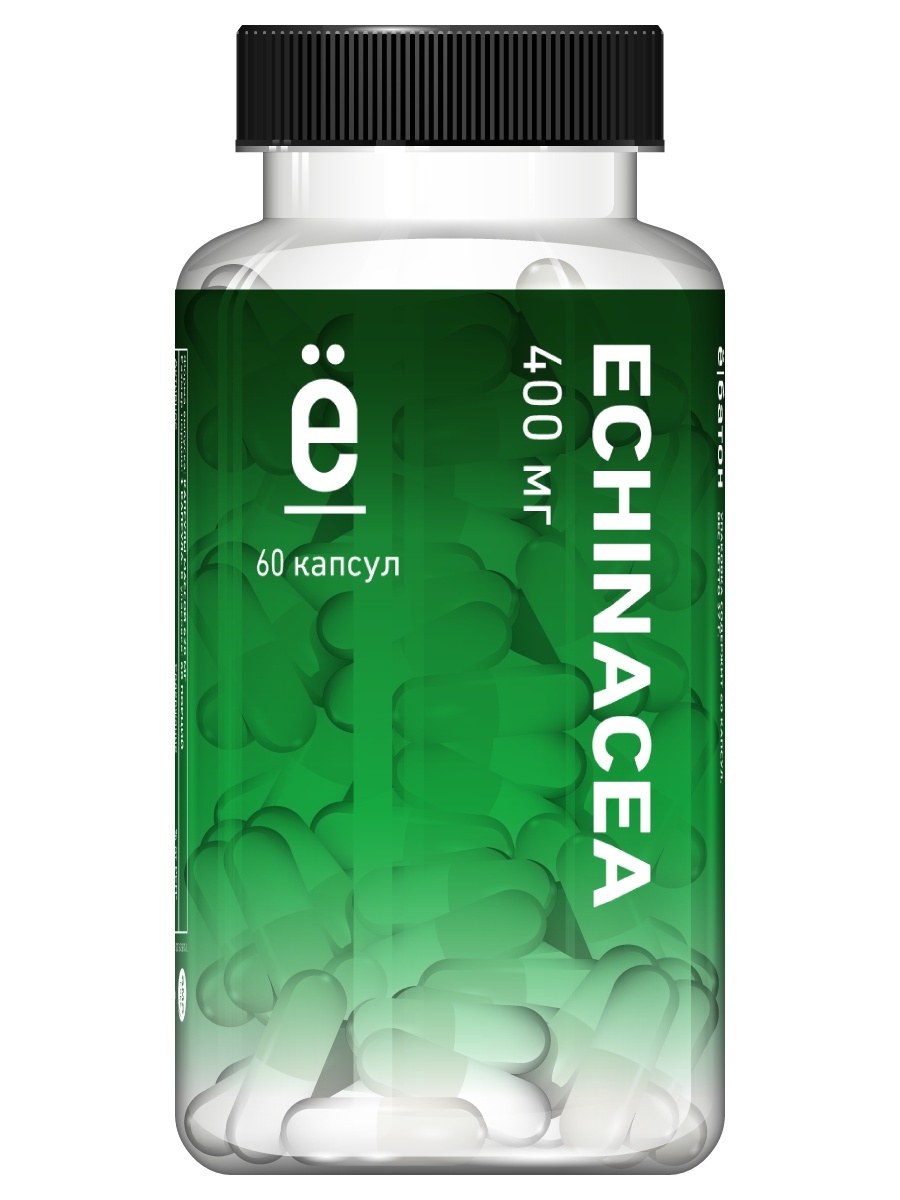
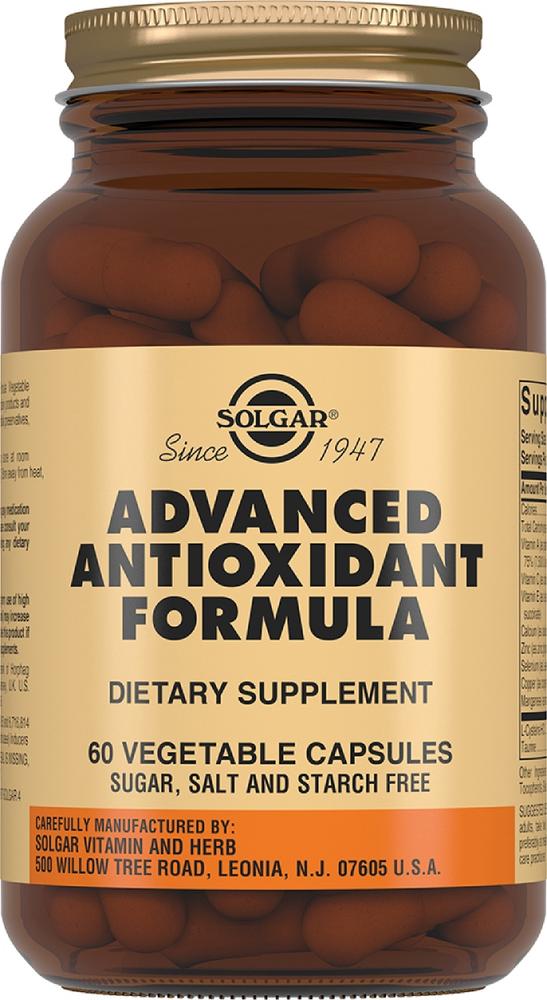

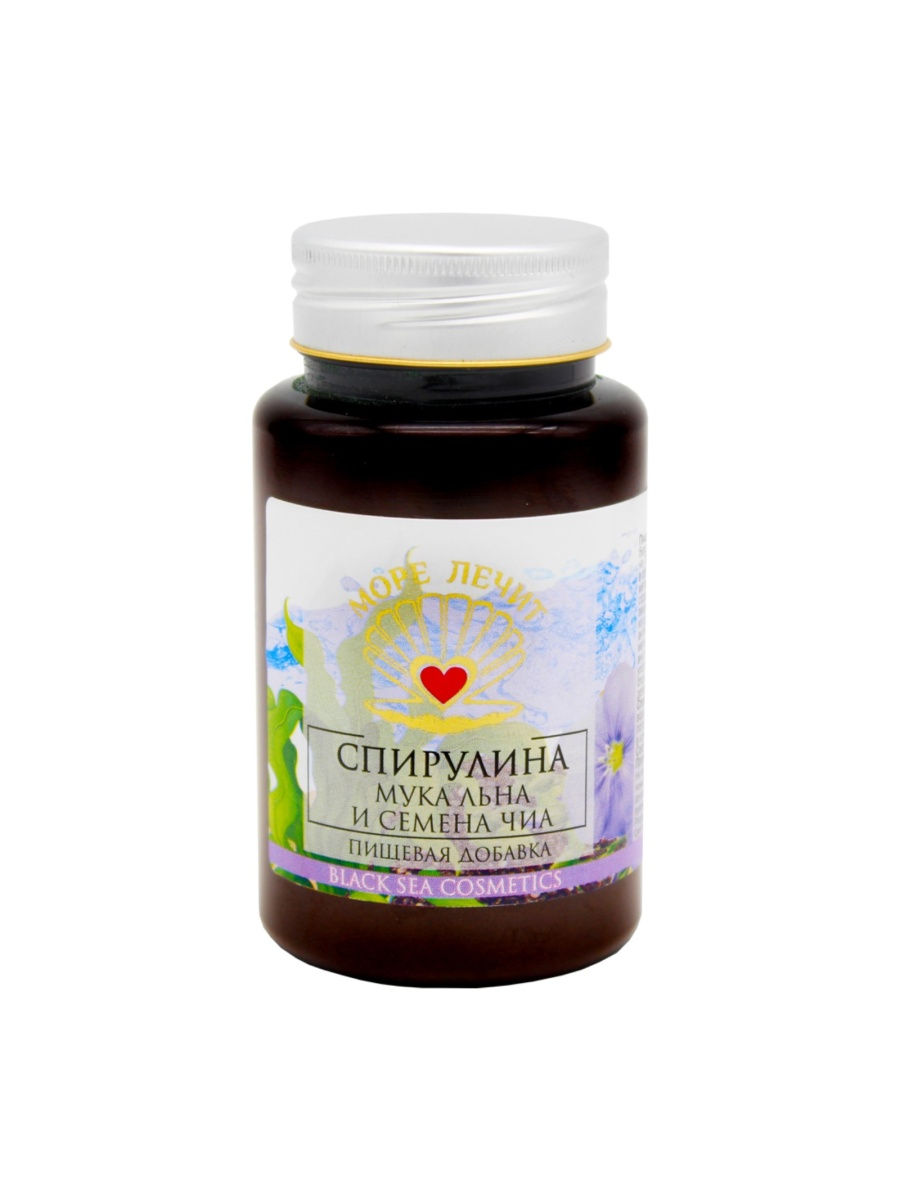
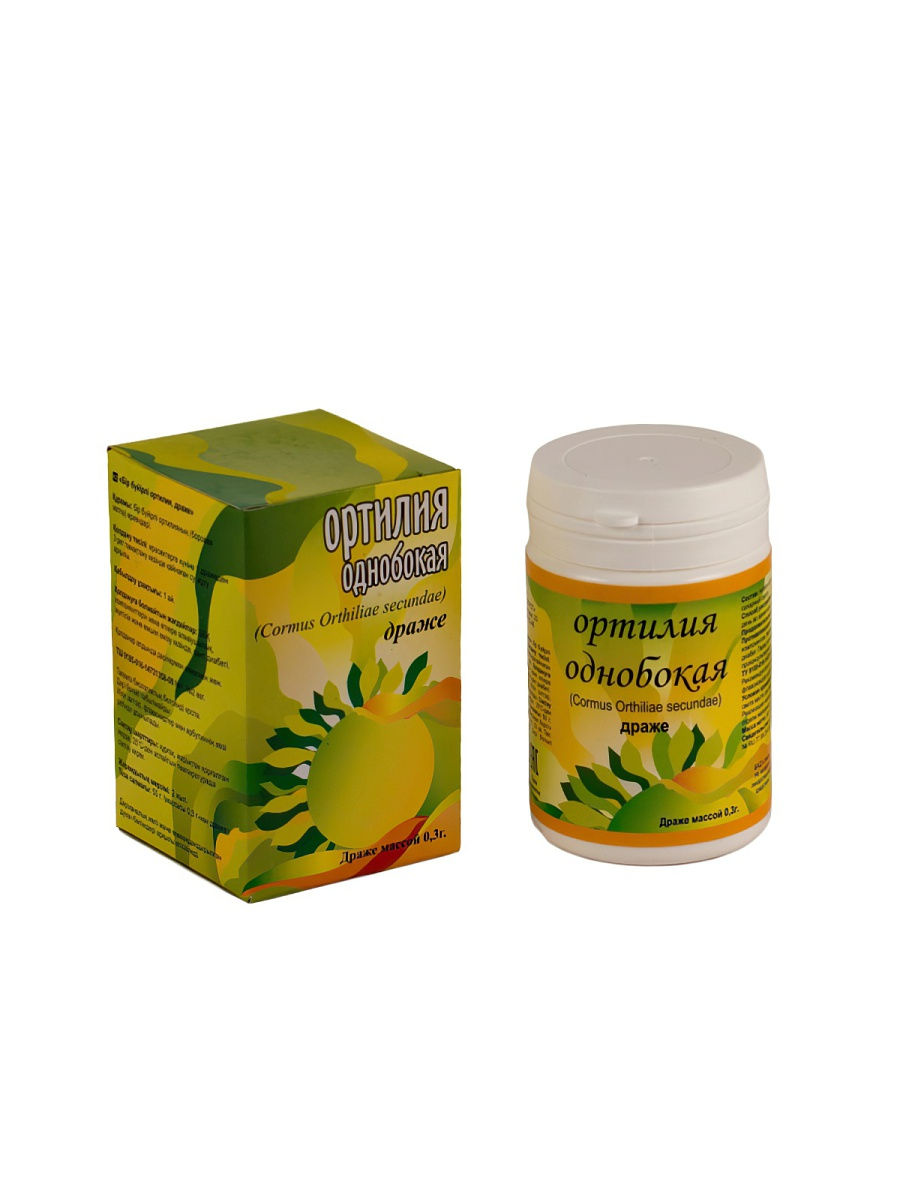




There are no reviews yet.